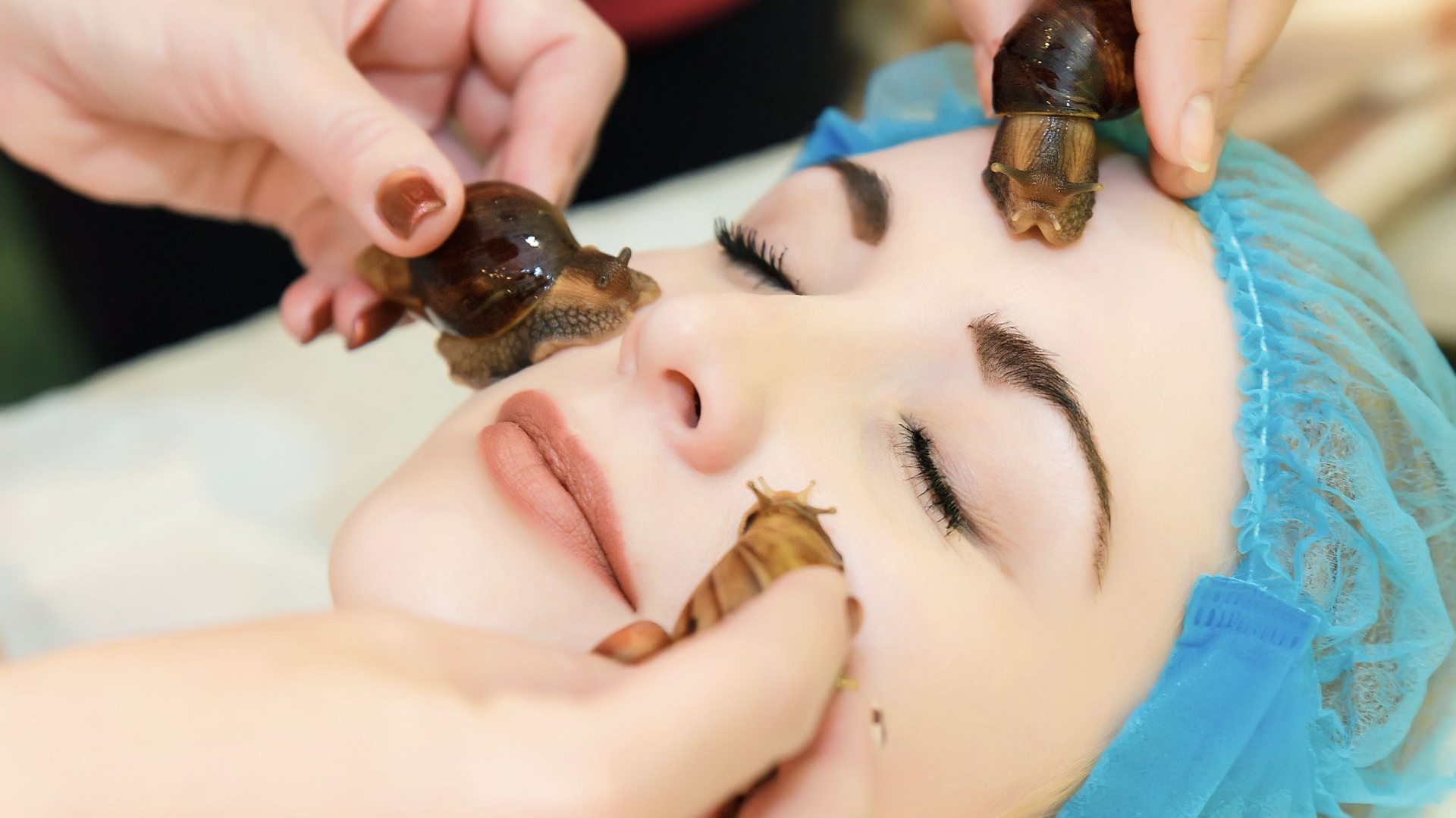What do Cleopatra's milk baths, ancient Ayurvedic oils, and today’s peptide-packed serums and modern skincare have in common? They're all part of humanity’s timeless quest for radiant, healthy skin. Skincare is more than just routine; it's an evolving dialogue between tradition and innovation. Today, consumers are blending ancient wisdom with modern science to curate routines …
From Ancient Remedies to Modern Skincare: A Beauty Evolution

What do Cleopatra’s milk baths, ancient Ayurvedic oils, and today’s peptide-packed serums and modern skincare have in common? They’re all part of humanity’s timeless quest for radiant, healthy skin. Skincare is more than just routine; it’s an evolving dialogue between tradition and innovation. Today, consumers are blending ancient wisdom with modern science to curate routines that are both meaningful and effective.
Hook: “The secret to modern skincare might just lie buried in ancient scrolls and clay pots.”
Ancient Wisdom: Where Skincare Began
Egyptian Elixirs
Cleopatra, one of history’s most iconic beauty figures, was known for her milk and honey baths. Ancient Egyptians used ingredients like castor oil, aloe vera, and frankincense for their anti-inflammatory and moisturizing properties.
Chinese Herbal Remedies
In ancient China, women used pearl powder, green tea, and ginseng to maintain youthful skin. These ingredients are still used today for their antioxidant and brightening effects.
Ayurveda in India
Ayurvedic skincare emphasized balance, using turmeric, sandalwood, and neem to treat various skin ailments. These natural remedies are still deeply embedded in Indian beauty rituals.
Greek and Roman Practices
Olive oil was the star ingredient in Greek and Roman skincare. It was used not only to moisturize but also to cleanse and protect the skin from harsh elements. And now the ancient ingredients are part of modern skincare.
Phrase: “Before there were serums and sheet masks, there were oils, herbs, and rituals.”
Industrial Revolution: The Rise of Commercial Skincare
The late 19th and early 20th centuries saw the birth of skincare as a commercial industry.
- Soap and Cold Creams: Brands like Pond’s and Nivea began selling cold creams and cleansers.
- Marketing to Women: Beauty advertising emerged, creating early versions of the skincare market we know today.
- Mass Production: Ingredients like lanolin, petroleum jelly, and alcohol-based toners became standard.
The Scientific Turn: Dermatology Meets Cosmetics
By the mid-20th century, dermatology began to influence product development. This led to:
- Introduction of Retinoids: Derived from Vitamin A, retinoids revolutionized anti-aging.
- AHAs and BHAs: Acids like glycolic and salicylic began treating acne and hyperpigmentation.
- SPF Awareness: Sunscreen became a staple as UV damage research gained traction.
Hook: “With lab coats entering the beauty scene, skincare became as much about science as it was about aesthetics.”
The Korean Skincare Boom
In the 2010s, Korean skincare redefined global beauty routines.
- 10-Step Routines: Emphasis on layering and hydration.
- Innovative Textures: Essences, ampoules, and sleeping packs became mainstream.
- Cutting-Edge Ingredients: Snail mucin, fermented yeast, and centella asiatica took center stage.
Quote: “K-beauty taught the world that skincare is self-care.” – Charlotte Cho, founder of Soko Glam
Today: The Age of Customization and Clean Beauty
Modern skincare emphasizes personalization, inclusivity, and clean formulations.
Current Trends:
- Clean Beauty: Focus on non-toxic, ethically sourced ingredients.
- Tech-Driven Skincare: AI skin diagnostics and devices like LED masks.
- Gender-Neutral Products: Moving away from beauty stereotypes.
- Sustainability: Refillable packaging and eco-conscious formulations.
Recommended Products:
- Youth to the People Superfood Cleanser: Vegan, antioxidant-rich.
- The Ordinary Niacinamide 10% + Zinc 1%: Affordable and effective.
- Foreo Luna Mini 3: A smart cleansing device for all skin types.
Phrase: “Today’s skincare is a blend of the ancient and the algorithmic.”
Conclusion: Full Circle Beauty
Skincare has come a long way, but its essence remains the same: a personal ritual, deeply tied to identity, health, and heritage. As we embrace modern advancements, we also honor centuries-old traditions that laid the foundation for our routines today.
“In the mirror of modern beauty, the past reflects more clearly than ever.”




